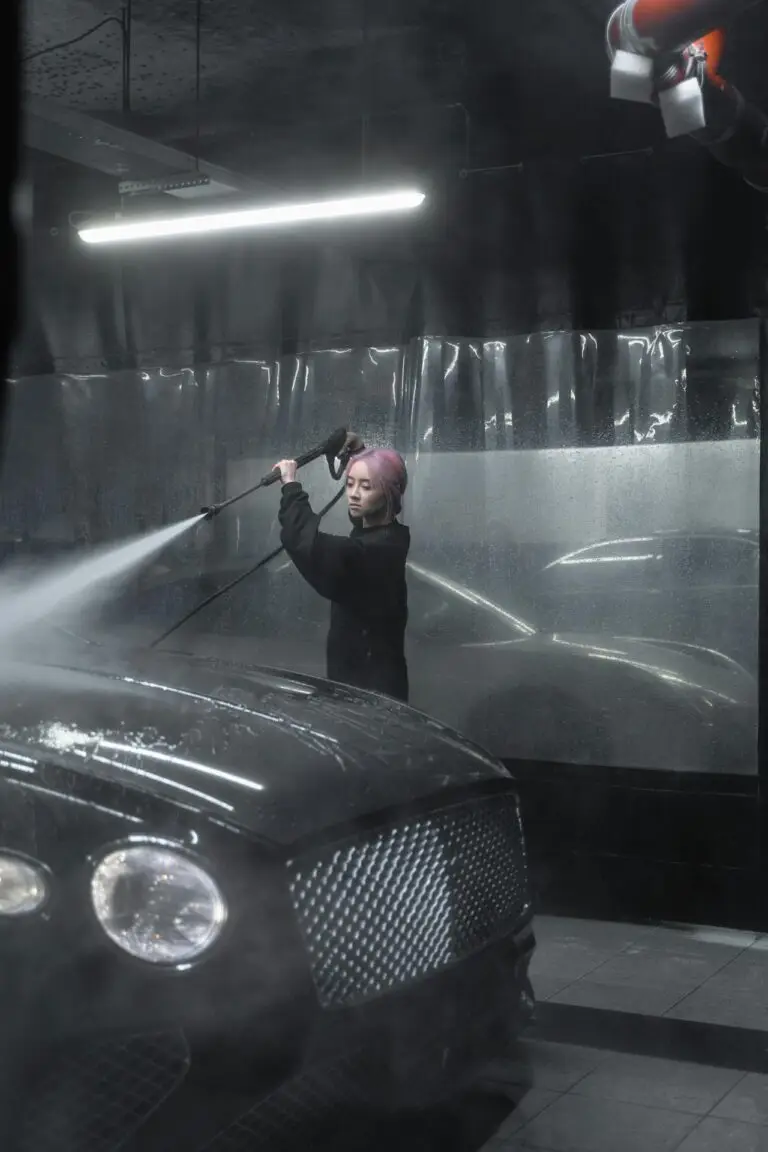In a bustling auto shop, where the hum of engines blends with the clink of tools, the importance of health and safety cannot be overstated. A commitment to safety standards not only protects your team and customers but also enhances your shop’s reputation and efficiency.
This blog post outlines essential strategies for implementing robust health and safety standards in your auto shop, ensuring a secure and productive workplace for all.
Establishing a Safety-First Culture
Foster Awareness and Responsibility
Creating a culture where safety is prioritized starts with awareness and education. Regular training sessions on safety protocols, emergency procedures, and the proper use of equipment are crucial. Encourage an environment where team members feel responsible not only for their own safety but also for that of their colleagues and customers.
Clear Communication of Safety Policies
Develop comprehensive safety policies that cover all aspects of your operations, from the workshop floor to customer interactions. Ensure these policies are easily accessible, and consider translating them into multiple languages if you have a diverse workforce. Regular reminders via meetings, signage, and internal communications can reinforce the importance of these policies.
Implementing Effective Safety Measures
Regular Equipment Checks and Maintenance
The equipment in your shop is the backbone of your operations. Implement a stringent schedule for regular maintenance and safety checks of all equipment, from lifts and jacks to tools and diagnostic machines. Keeping equipment in top condition reduces the risk of accidents and improves overall efficiency.
Personal Protective Equipment (PPE)
Ensure that all staff members have access to and use the necessary personal protective equipment, including gloves, goggles, ear protection, and respirators where needed. Regular training on the correct use of PPE, along with checks to ensure compliance, is essential for preventing injuries.
Emergency Preparedness
Accidents can happen, even in the safest workplaces. Prepare for the unexpected by having clear emergency procedures in place. This includes first-aid kits that are easily accessible, fire extinguishers that are regularly checked, and an evacuation plan that is practiced regularly. Designate safety officers within your team who are trained to handle emergencies.
Addressing Ergonomic and Environmental Hazards
Ergonomic Workspaces
Auto shop work can be physically demanding. Design workspaces to minimize strain and injury risk, using ergonomic principles. Adjustable lifts, adequate lighting, and anti-fatigue mats can make a significant difference in reducing workplace injuries related to posture and repetitive motion.
Managing Chemicals and Waste
Auto shops deal with a variety of chemicals and hazardous materials. Implementing proper storage, handling, and disposal procedures for these substances is crucial for preventing accidents and environmental harm. Educate your team on these procedures and ensure they are followed rigorously.
Engaging with Health and Safety Regulations
Stay Informed on Regulations
Health and safety regulations are continually evolving. Stay informed about local and national regulations that apply to your business, and ensure your practices comply with these standards. This may involve regular consultations with safety experts or legal advisors.
Regular Safety Audits
Conduct regular safety audits to assess your compliance with health and safety standards and identify areas for improvement. These audits can be performed internally or by external consultants. The goal is to proactively address potential hazards before they lead to accidents.
Actionable Steps for Enhancing Safety in Your Auto Shop
- Conduct a Safety Audit: Begin with a thorough assessment of your current safety practices and identify areas for improvement.
- Develop Comprehensive Safety Policies: Create detailed safety policies covering all aspects of your operations. Make these policies accessible to all team members.
- Implement Regular Training: Schedule regular training sessions on safety protocols, emergency procedures, and the correct use of equipment and PPE.
- Establish a Maintenance Schedule for Equipment: Create and adhere to a strict schedule for the maintenance and safety checks of all shop equipment.
- Equip Your Team with PPE: Ensure all staff have the necessary personal protective equipment and understand how to use it correctly.
- Prepare for Emergencies: Develop clear emergency procedures, including first aid, fire response, and evacuation plans. Designate and train safety officers within your team.
- Optimize Workspaces for Ergonomics: Assess and adjust workspaces to minimize ergonomic hazards.
- Manage Chemicals and Waste Properly: Implement and enforce procedures for the safe storage, handling, and disposal of chemicals and hazardous waste.
- Stay Up-to-Date on Regulations: Regularly review health and safety regulations to ensure your practices are compliant.
- Perform Regular Safety Audits: Schedule and conduct safety audits to proactively identify and address potential hazards.
If you make health and safety a top priority, auto shop owners can establish a work environment that is both safe and efficient, ensuring the well-being of employees, customers, and the business. Putting these strategies into action takes dedication and continuous work, but the rewards are priceless: fewer accidents, boosted morale, and an improved reputation. Safety is more than just a rule you have to follow; it’s a fundamental element of your business’s prosperity.

